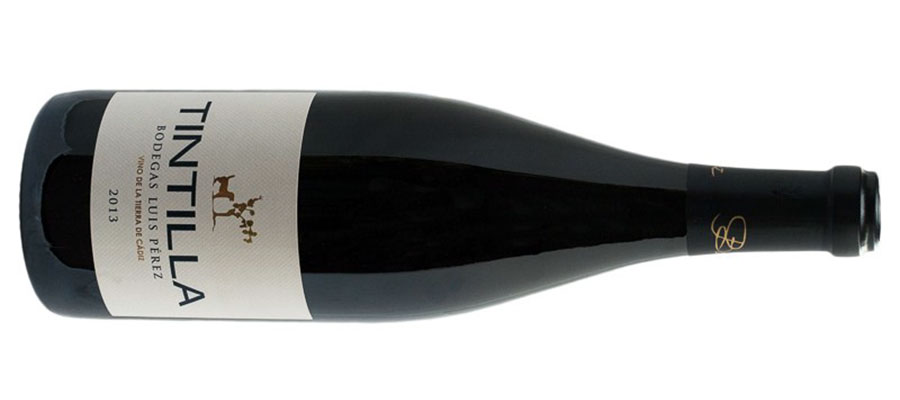Living in Priorat, I didn’t intend to buy any red wine while in Jerez for the Sherry Educators course in October. On my last day there however, I stopped in at this wine shop called, La Casa del Jerez. My main interest was that of stuffing my checked bag to the brim with every interesting Sherry I could get my hands on as it’s rather hard to find a lot of them in Barcelona and in case you don’t know, dry Sherry is damned delicious.
In between deciding which En Rama or Palo Cortado was tingling my spine, the owner pointed out this Tintilla from Bodega Luis Pérez. This is a red wine and part of a larger project by Luis to make “regular” wines in the centuries-old region of Sherry, the latter of which have been made as fortified wines in the style that we know for nearly 200 years. So this Tintilla was particularly interesting and despite the rather hefty weight of the bottle, I made room for it.
His website doesn’t make any mention of it but this Tintilla is something of a curious grape because… what the hell is Tintilla? For a long time, it was assumed to be one grape or another. This particular grape is officially called, Tintilla de Rota due to its being grown around the town on Rota but it didn’t rise up out of the earth in Andalusia. Unsurprisingly it’s actually Graciano, found in much greater abundance up north in Rioja as well as other regions around Spain and for that matter, the Mediterranean.
Despite the fact it’s not nearly as wild and woolly as I’d hoped, it still made for a rather radical departure from the other Sherry wines I bought that are all based on the white Palomino grape. We’ll have to see where Luis takes these wines as it’s a damned hot climate down in Jerez and he’ll have to work on managing the vineyards a good deal more to avoid the wine getting too fat and boozy.


